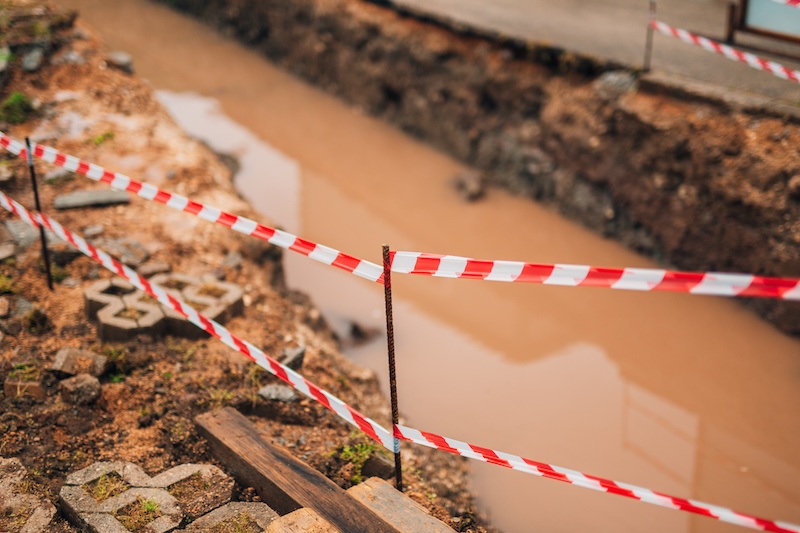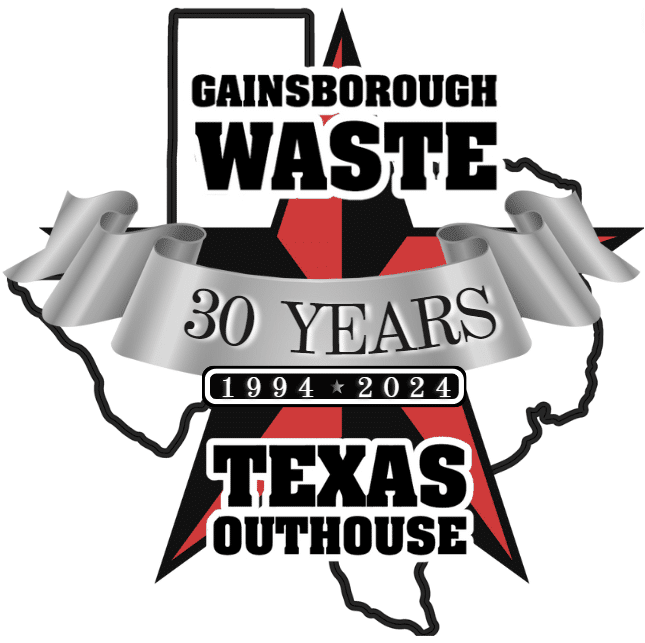Oftentimes at the construction site, your team may come across material that they are unsure is hazardous or non-hazardous. To prevent health issues or risks to the environment in these situations, your team should be trained to stop and evaluate the situation.
Specifically, your team should be trained on how to identify the characteristics of hazardous waste at your construction site. To support this process, the Environmental Protection Agency (EPA) has identified four characteristics of material that is deemed hazardous:
- Ignitability: a flash point below 60 degrees Celsius, can cause fires, and are ignitable.
- Corrosivity: a pH less than/equal to 2 or equal/greater than 12.5, or wastes with the ability to corrode steel.
- Reactivity: unstable under normal conditions, react with water, give off toxic gases, or explosive in normal conditions when heated.
- Toxicity: harmful when ingested or absorbed and has the potential to pollute groundwater.
To help identify the properties of each material at your construction site, the EPA developed a useful flowchart to support your team’s identification process.
How Should You Handle Hazardous Construction Waste?
Once your team determines that certain material is hazardous, they need to follow a process to support the safe removal of material from your construction site. Please note that Gainsborough Waste does not handle the disposal of hazardous material.
This summary, however, highlights the importance of a contingency plan or construction management plan that provides step-by-step instructions for addressing hazardous waste.
Consider the following recommended practices identified by the Construction Industry Compliance Assistance (CICA):
- Utilize an internal alarm or communication system to communicate the presence of hazardous material.
- Communicate details to an emergency coordinator or other emergency personnel. (Phone numbers should be posted on-site to ensure access to the emergency coordinator if they are off-site.)
- Be prepared to contact local authorities, including emergency response teams, emergency contractors, and police or fire departments.
- Ensure there is ample space for emergency response, adequate water to address any fires that could break out from handling the waste, and necessary supplies to support spill control and decontamination.
Team members should be routinely trained on the steps they need to take to help minimize the risks associated with hazardous waste. Employees should be familiar with proper waste handling and emergency procedures that are relevant to their responsibilities.
The process of handling hazardous construction waste is not the time for unqualified team members to try to be a hero. For health and safety reasons, only trained professionals should coordinate the removal of hazardous material.
What Else is Important for Handling Hazardous Construction Waste?
There are other important considerations for your construction company when handling hazardous waste at the job site:
- Ensure that material is enclosed in a container before removal.
- Ensure the proper labeling of containers so that all parties are aware of the contents.
- Ensure proper paperwork documenting the presence of hazardous waste, how the material was handled, and the steps taken to remove the material.
- Create a record of the hazardous material incident for reporting purposes.
These steps are important to complete the process of properly handling hazardous construction waste at your construction site. There are too many risks involved with hazardous material to take this process lightly.
In summary, employees should be trained on how to identify hazardous waste, how to communicate the presence of hazardous waste, and how to support the safe removal of waste from the site. Additionally, your responsibility is to ensure appropriate handling by authorized professionals, proper labeling, and thorough documentation.
Subscribe to our blog and eNews list to receive more helpful articles about waste topics affecting the construction industry.

